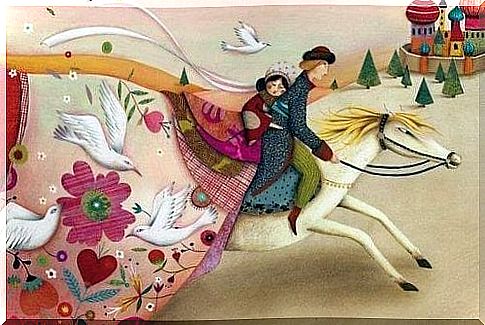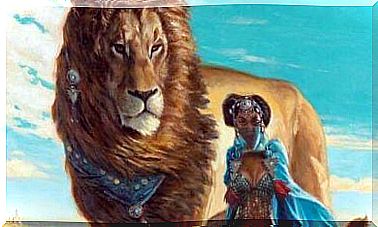Why Is A Horseshoe Believed To Bring Happiness?

The horseshoe is probably one of the oldest talismans in history. Its believable effects always range from bringing happiness to expelling worries or even conflicts, even though horseshoes themselves are nothing more than pieces of metal. The specialty of a horseshoe lies in its U-shape and they are originally used to slow down the wear of a horse’s hooves.
In the meantime, it may be necessary to add that the location of the tip of the horseshoe is also important, as a downward-pointing horseshoe is supposed to bring security and protection, while an upward-pointing horseshoe brings happiness and success.
A horseshoe as a lucky amulet
The first origin
The horseshoe was made my lucky talisman when our distant ancestors noticed a remarkable resemblance between the shape of a horseshoe and a crescent moon. Even in the world’s first known civilizations, stars like the sun and moon were believed to bring happiness and support female fertility in particular.
The assumption of a lucky horseshoe first spread in the places where the horse began to be considered a domestic animal. In other words, it was the ancient Greeks who were the first civilization to introduce horseshoes as part of Western culture. Since those times, the horseshoe has come to be seen as a talisman that brings good luck.

Dunstan The Holy and the Devil
The position of the horseshoe as a lucky amulet was established in Western culture through the Dunstan Saint who lived in the 9th century, when people began to hang horseshoes on their doors to protect their homes. Dunstan is said to have been a blacksmith who later became Archbishop of Canterbury and patron saint of metalworkers. However, the question is, why did the horseshoe become the Amulet of Happiness, and not any other object made by this blacksmith?
Folklore says that a blacksmith once arrived at Dunstan with a stranger who needed horseshoes. Surprisingly, however, the man did not need shoes for his horse, but for his own feet, as these erroneously resembled the hooves of an animal. At that moment, blacksmith Dunstan realized that it was the devil himself.
Dunstan decided to comply with the devil’s request without revealing, however, that he knew exactly who the stranger was. Dunstan said the only way to place the horseshoe would be to hang it on a wall. In doing so, the devil began to beg for mercy, at which point the blacksmith took the opportunity to demand that the devil not enter the homes of the people who had hung a horseshoe on their door.
This event soon became a well-known story in the Catholic community around the world. However, the mouth-to-mouth tale experienced small changes during the trip, and it was soon believed that in order to bring happiness, even a horseshoe would have to spit, after which it had to be thrown over the left shoulder. In addition, it was possible that nail polish nails began to be used as rings believed to have healing effects.
Ancient civilizations
Although the Catholic Church spread the story of the amulet of this fortune around the world, the horseshoe was used as a talisman long before the Holy and 900s of Dunstan, as according to accounts, the ancient Greeks believed that metal was a material used to ward off evil. This belief may be due to the use of metal in battles. On the other hand, the crescent-shaped shape of the horseshoe made me think that this silver piece of heaven brought fertility and happiness through the talisman.
Of course, the magic number 7 must be added to all these beliefs, as it is probably no coincidence that it takes just 7 pounds to nail a shoe to the hoof of a horse.
In the Middle Ages, horseshoes began to be used as a protective amulet for witches from black magic. This myth stemmed from the belief in the Middle Ages that witches flew on brooms for fear of riding a horse. Because of this belief, in Russia, for example, blacksmiths began to be considered men of white magic.
Indeed, this myth became such a widespread belief that blacksmiths even began marrying married couples. In addition, the blacksmith’s anvil evolved into the only place where rings could be made.

In short, the history of horseshoe has been long and confusing. But if anything is clear: almost all ancient civilizations, regardless of time and place, have at some point considered this object a magical talisman.
After all, believing in these types of fables is, of course, at everyone’s own discretion!









